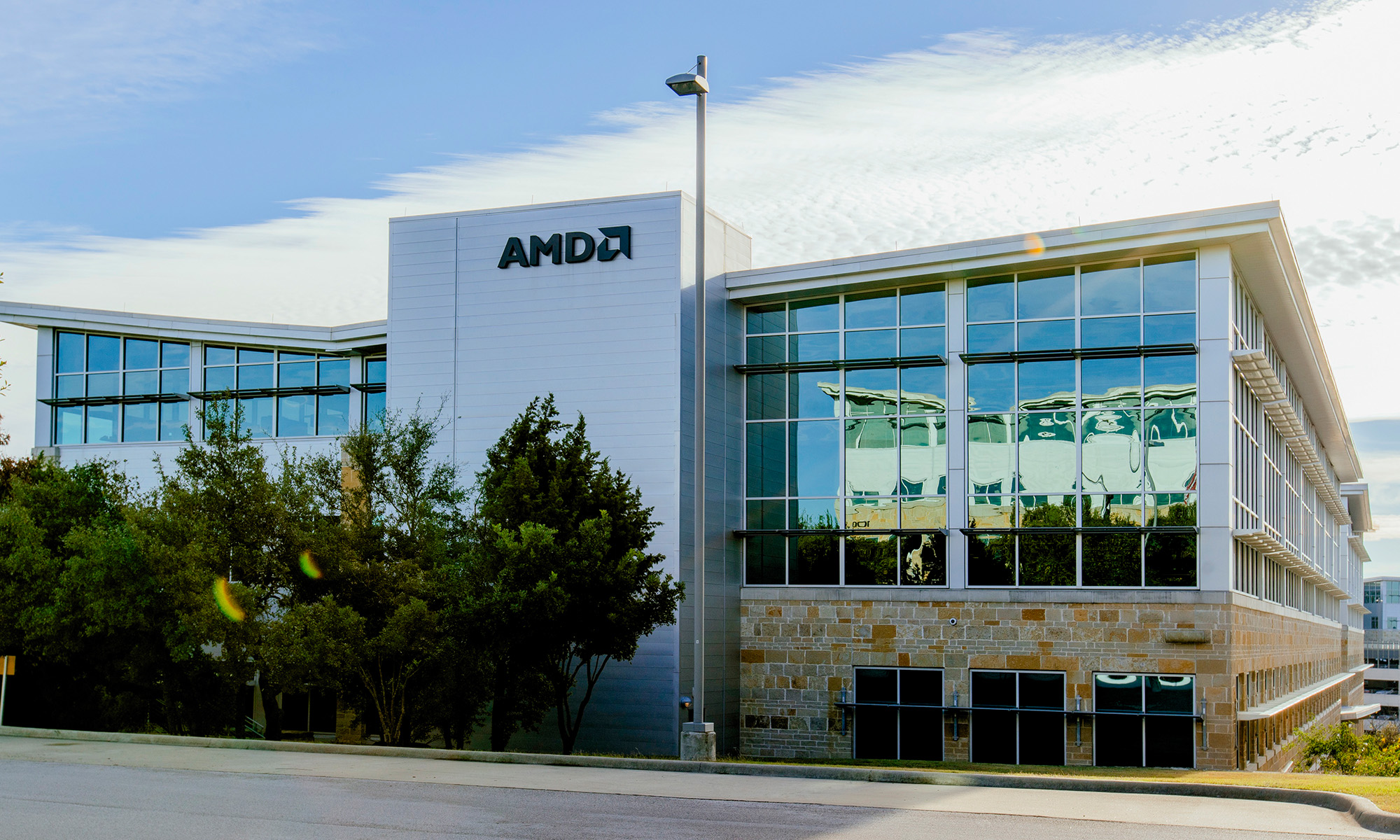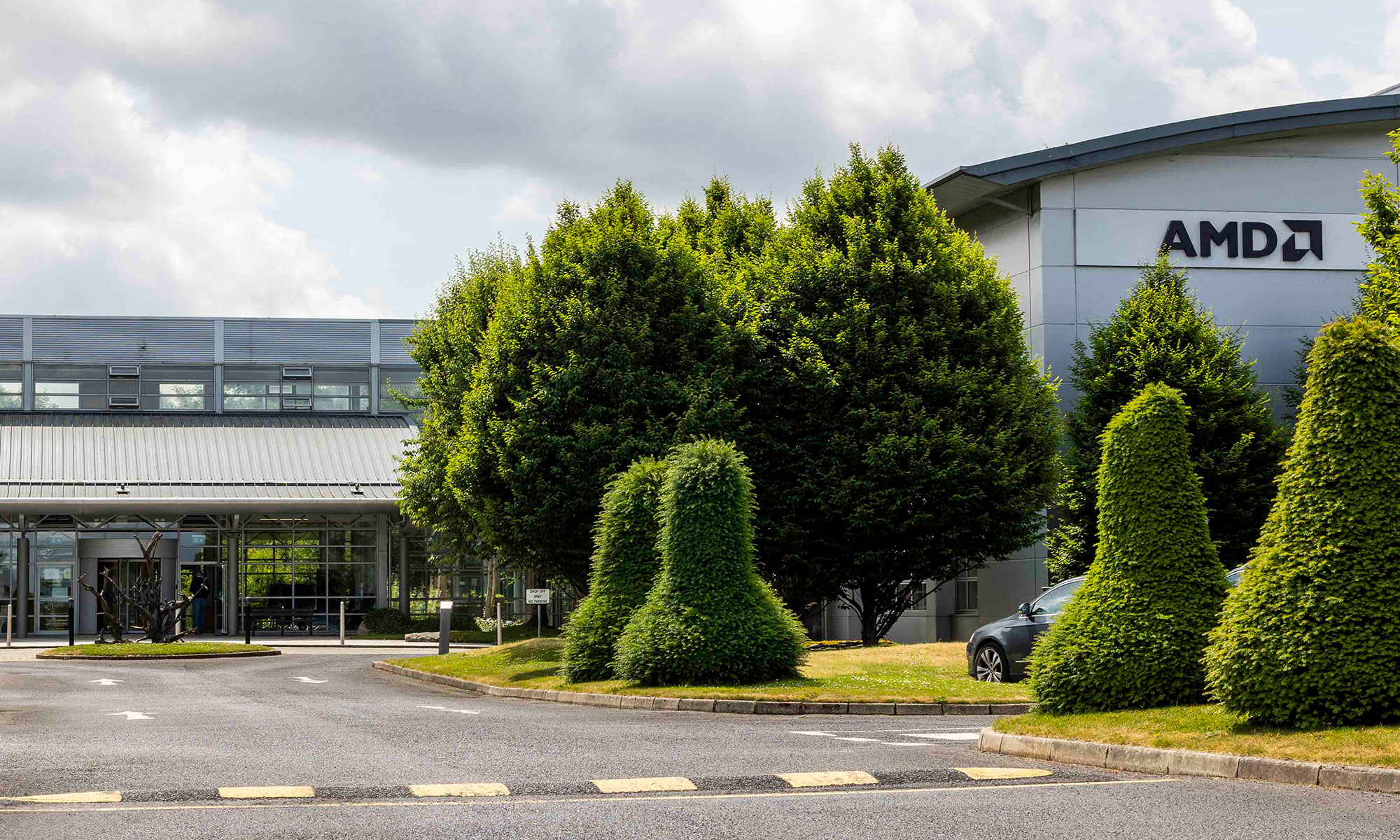Shares of underdog chipmaker AMD (AMD +1.72%) have fallen 26% over the past year as it struggled with ongoing losses in the CPU and GPU markets.

Source: Wikimedia Commons, Rayson Ho
In previous articles, I highlighted strengths and weaknesses for the company. Today, I want to take a look at five recent statements from the management team and what they could mean for shareholders.
1. It expects the PC business to grow again
During the fourth quarter earnings call, CEO Lisa Su stated that the PC market will stabilize with low single-digit percentage declines in 2015. Su claimed AMD had "right-sized" its investments in the space and had reduced its downstream channel inventory in the fourth quarter.
Su stated, "We will continue these corrective actions into the first quarter to aim for a return to growth starting in the second quarter." According to Su, that growth can be accomplished by a reduction in inventory and the upcoming launch of its Carrizo SoCs,
However, investors should recall that revenue at the Computing and Graphics segment slipped 16% year-over-year in 2014, primarily due to lower desktop processor and chipset sales. Meanwhile, Carrizo SoCs are still 28 nanometer chips, which could have trouble competing against fanless Intel 14 nanometer Broadwell chips in ultra-thin notebooks and 2-in-1 devices.
2. Consoles matter more than PCs
Su also stated that AMD will increase its R&D investments in the EESC (enterprise, embedded, and semi-custom) business, which generated 43% of revenue last year.
Annual EESC revenue and operating income rose 51% and 35%, respectively, thanks to robust sales of the Sony PS4 and Microsoft Xbox One, which both run on AMD SoCs. According to Su:
Nearly 30 million Sony and Microsoft consoles have now shipped. Our semi-custom shipments more than doubled in 2014, which fueled excellent full-year performance for this part of our business.
3. Supporting ARM-based servers
Since AMD has been marginalized by Intel in servers, it is boosting support for ARM-licensed designs in the EESC business. In regards to supporting ARM's interest in servers, Su stated:
Our work to lead the industry's transition to 64-bit ARM also gained momentum in the quarter. We have secured multiple design wins for our upcoming Opteron A series, and the first systems are expected to launch later this year.
For AMD, the 64-bit Opteron A1100, unveiled last January, is its first ARM-based CPU. The chip is specifically designed for microservers -- a new class of small, low-powered servers which are designated single tasks.
When companies purchase microservers in clusters, they only purchase the computing power they need. By comparison, a company that purchases a powerful Xeon-powered server might overpay for unused computing power. IDC expects microservers to account for over 10% of the server market by 2016, which could bode well for Opteron-powered microservers.
4. Opportunities for growth in GPUs
AMD has been aggressively trying to undercut NVIDIA in high-end graphics cards for years. However, investors should remember that most of the GPU market is comprised of integrated graphics chips like AMD APUs, Intel HD Graphics, and NVIDIA Project Denver.
Within this market, Intel is the clear market leader, with 71.4% of the market, while NVIDIA and AMD control 15% and 13.6%, respectively, according to research firm JPR. But for Su, AMD made progress in this market during the fourth quarter of 2014:
Mobile APU unit shipments, ASPs, and revenue all increased sequentially as our higher-end A8 and A10 APU shipments increased. We also achieved strong double-digit percentage revenue growth for notebook GPUs in the quarter as strategic wins like Apple's iMac with retina 5K display began to ramp.
This split between high-end and low-end GPUs was apparent in the fourth quarter earnings report, which stated that the prices of its GPUs rose sequentially because of higher desktop and notebook GPU average selling prices (ASP) but still declined year-over-year because of a lower channel ASP.
5. A $2 billion market opportunity
Investors should also remember that embedded devices powered by x86 and ARM processors -- which still account for a small part of EESC revenues -- could become more important to the top line. AMD embedded chips are currently used in a wide range of non-PC applications, such as industrial control, automation, and digital gaming.
Speaking at the Morgan Stanley Technology, Media, and Telecom Conference in early March, SVP and CFO Devinder Kumar said, "The available market in that area is about $9 billion. Our target market is $2 billion." Although Kumar was vague, it means AMD could further distance itself from Intel and NVIDIA and wander into Freescale Semiconductor and Texas Instruments territory instead.
The key takeaways
In a nutshell, AMD plans to reduce its exposure to consumer PCs, expand its EESC business, and realign its channel sales accordingly. While that sounds like a solid game plan, investors should recall that losses at its troubled Computing and Graphics division wiped out all bottom-line gains at its EESC business last year. If that keeps happening throughout 2015, I would not bet on AMD fixing itself anytime soon.











